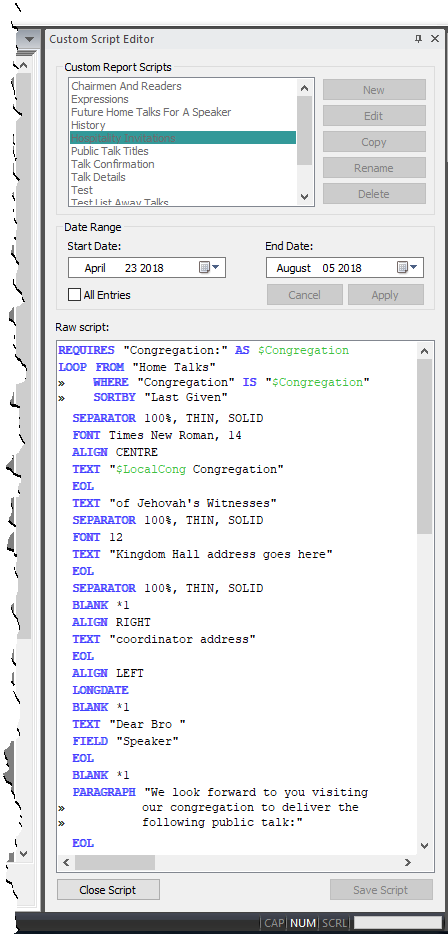


Based on ministers’ deliberations, each meeting has produced a declaration or communiqué which indicates the new higher education priorities. Within the Bologna Process, every two or three years, there are Ministerial Conferences organised in order to assess the progress made and to decide on the new steps to be taken. The data for the analysis comes from interviews conducted in November 2017 with stakeholders involved in the formation of these strategies, ranging from student representatives to educational experts, and governmental representatives. This paper looks in depth at two country cases that attempted to create the necessary conditions for such strategies, Austria and Romania, and asks what are the successful conditions for building a social dimension and lifelong learning strategy in line with the Bologna requirements? The common point for these countries is that both of them attempted to build a social dimension and life-long learning strategy, however, one of the countries came up with a strategy, yet other national strategies and policies were in contradiction with what the strategy promoted, whereas in the second country no strategy was developed beside the involvement of the main stakeholders. In 2015, with the adoption of the Strategy for the Development of the Social Dimension and Lifelong Learning in the EHEA to 2020, participating countries were asked to come up with concrete national plans to address the participation of underrepresented groups in higher education. It entered the Bologna Process with no clear definition, guidelines or projection of concrete policy measures. The social dimension had to overcome a significant start-up difficulty. Unlike other action lines of the Bologna Process, slow progress has been made towards making the social dimension an implementable policy.


 0 kommentar(er)
0 kommentar(er)
